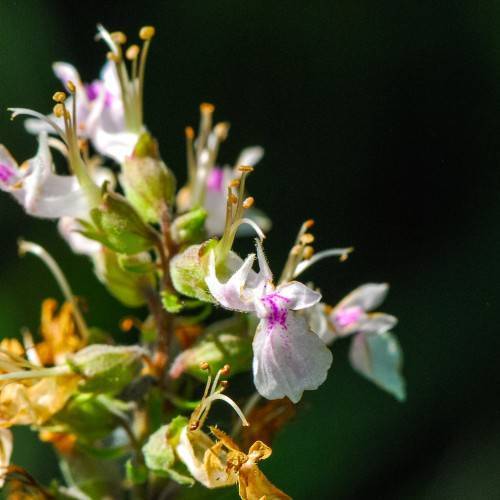
meadow sage
Salvia pratensis 'Swan Lake'
Cycle:
Herbaceous Perennial
Watering:
Minimum
Hardiness Zone:
4 - 8
Flowers:
Flowers
Sun:
Full sun
Leaf:
Yes
Growth Rate:
Low
Maintenance:
Low
Drought Tolerant:
Yes
Care Level:
Medium
watering
Meadow sage (Salvia pratensis 'Swan Lake') should be watered once a week, allowing the soil to dry out in between watering. Water lightly, taking care to avoid splashing the foliage of the plant. Also, do not pour water directly onto the plant's foliage, as this will damage it. In general, water until the soil is saturated around the plant's root system, and then let the soil dry out before watering again.
sunlight
Meadow sage (Salvia pratensis 'Swan Lake') should be grown in a spot that receives full sun for most of the day. While the plant can tolerate some shade, it will flower and grow best with at least 6 to 8 hours of direct sunlight each day. During hot summer months, some afternoon shade may be beneficial, and during cold winter months the plants will need a minimum of 4 hours of direct sunlight each day.
pruning
Meadow sage (Salvia pratensis 'Swan Lake') plants should be pruned in late spring or early summer, just after the main flowering period has ended. The main pruning consists of cutting back dead flower stalks and also removing any dead or crossing branches. This will help promote new growth and encourage a bushier shape. Additionally, any suckers (shoots that form at the crown or base of the plant) should be removed. Pruning will also help keep the plant looking neat and tidy, and encourages more flowering. It is important not to prune more than a third of a meadow sage plant at 1 time, as this could seriously harm the plant.
